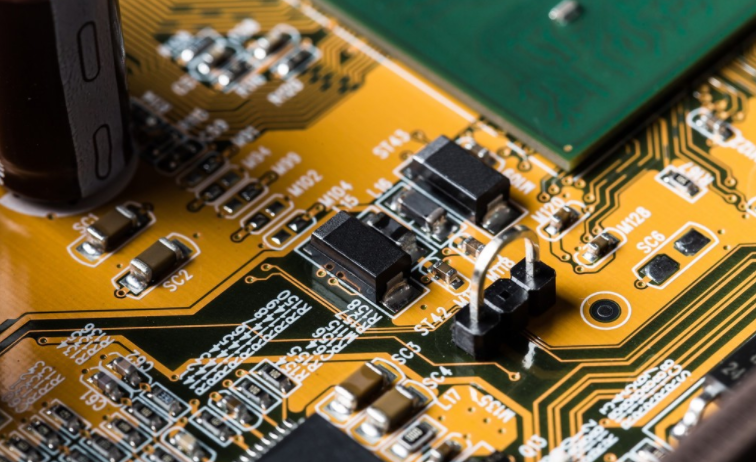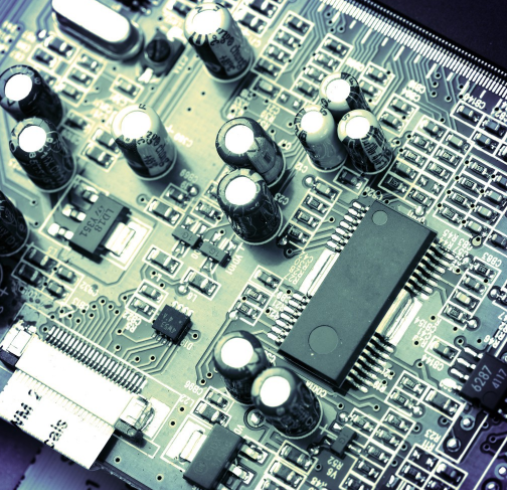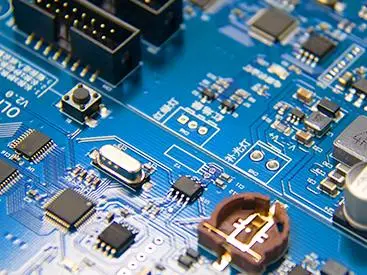
Improvement Measures of PCBA Processing Bridge
PCBA processing has many factors that affect bridging, such as design, flux activity, solder composition, process, etc, Continuous improvement is needed in many aspects
According to the causes, bridging can be roughly divided into two types: insuffICient flux type and vertical layout type.
(1) Insufficient flux type.
It is characterized by the use of tin, pads, and lead tips (most likely to produce oxidizing gases) that do not wet or partially wet multiple wires.
(2) Vertical layout type.
It is characterized by full solder joints, tin plated lead heads and tin connected suspension. This is a common type of bridge. As its classification name, it is mainly related to the Layout of components on PCB, followed by the size of pad, lead spacing and lead thickness., Lead extension length, flux activity, tin wave height, preheating temperature and chain speed are related. There are many and complex factors that are difficult to solve. Typically, it occurs in connector assemblies that have relatively SMAll lead spacing (2mm), relatively long extension (1.5mm), and relatively thick.
Improvement measures:
Circuit board

A) Design
(1) The most effective measure is to use a short lead design
The length of 2.5mm pitch leads shall be controlLED within 1.2mm; The length of conductor with 2mm spacing shall be controlled within 0.5mm. The SIMplest experience is the "1/3 principle", that is, the lead length should be 1/3 of its pitch. As long as this is done, bridging can be basically eliminated.
(2) Connector and other components
The length direction of components shall be parallel to the transmission direction as far as possible, and the design of welding process pad shall provide continuous bearing capacity. During welding, the direction can be rotated by 90 ° to make it parallel to the transmission direction.
(3) Use small base plate design
Because the strength of PCB solder joints with metallized holes basically does not depend on the size of the pad In terms of reducing bridging defects, the smaller the width of the backing ring, the better, and the minimum ring width that mainly meets the following requirements: PCB manufacturing
2) Process
(1) Welding with narrow flat wave soldering machine
(2) Use appropriate transmission rate (it is recommended to disconnect the wire continuously)
Too fast or too slow chain speed is not conducive to reducing bridging. This is because (according to the traditional interpretation) the chain speed is fast, the time to open the bridge is not enough or the heating is not enough; Slow chain speeds may cause a drop in wire temperature near the package end. But the actual situation is far more complicated. SometiMES, wires with large heat capacity and long wires should be fast, and vice versa.
The standard for judging the chain speed depends on the welding object and the equipment used. It is a dynamic concept, usually taking 0.8~1.2mm/min as the dividing point.
(3) The preheating temperature shall be appropriate and the flux shall reach a certain viscosity. If the viscosity is too low, it is easy to be washed away by the solder wave, and the wettability is deteriorated. Excessive preheating will lead to rosin oxidation and polymerization, and slow down the wetting process. This will increase the possibility of bridging.
(4) Bridging caused by non magnetic flux can be eliminated by reducing the wave height.
(5) Use lead free solder alloys with low viscidity, such as NIHON SUPERIOR's SN100C (Sn Cu Ni Ge, with a measuring point of 227 ° C) Lead free silver PCBA solder
然后
联系
电话热线
13410863085Q Q

微信

- 邮箱











